This year’s batch of Student Academy Award nominees highlights a diverse, colorful blending of genres from filmmakers of all walks of life. In this interview series, Film Editor Sergio Zaciu sat down with all seven finalists of 2020’s Narrative – Domestic section, hoping to learn more about their personal backstories, what brought them to the director’s chair, how they made their respective films, and what exciting prospects await them next in their careers.
Hi Nicola! Thank you so much for agreeing to do this interview. Before we jump into your film, OUR SIDE, I want to know a little bit about you. Where are you from? When did you get into filmmaking?
Nicola Rinciari: I am from Palermo, Italy, which is also where we shot OUR SIDE. Actually, in the scene when Adillah is in the hall looking for help, the door she bangs on is my childhood home.
When I was still very young, around four or five years old, I started trying to make short animated cartoons with my own stories. As I got older, I shifted into live action and decided to pursue that as a career. I was fascinated by the way movies were made and the expressive possibilities of this medium. In Italy, there aren’t a lot of opportunities to study filmmaking at a college level, so I decided to head to university in the United States to pursue my dream. It was really hard to leave Italy, but I had to make a choice between remaining in my hometown, close to my family, and pursuing my dream. Film was the only thing I wanted to do. At SCAD I found a home in the film department, while still taking as many animation courses as I could.
Savannah College of Art and Design has grown in popularity considerably over the past decade. I wanted to know what your experience was like?
NR: At SCAD, I was able to come in contact with incredibly talented students and outstanding industry professionals. Every year the faculty roster expands, and new, incredible professors join the list of our mentors. Specifically the chair of film and television, D.W. Moffett, and the dean, Andra Reeve-Rabb, have helped me a lot to grow as an artist and guide me through these years. I really feel every professor builds a personal relationship with their students. Also, the facilities are top-notch, we have access to the best equipment and several soundstages, as well as editing rooms, sound mixing stages etc. I think that precisely because of this fast growth, the school of entertainment arts is able to attract incredibly talented students, that then start working together as a team, as it happened with OUR SIDE. I have worked with most members of the OUR SIDE crew pretty consistently since my very first projects at SCAD.
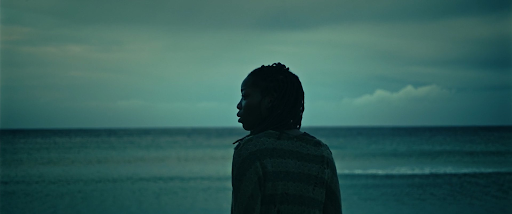
How out of the ordinary it is for SCAD students to shoot their thesis film in Europe?
NR: It’s not very ordinary to shoot a thesis in Europe. For this film, my producer, Emily Dillard, had to understand how to provide many resources, such as equipment and insurance, that usually come as a given if we had shot in Georgia or in the continental U.S., which is still within the university outreach.
A common theme among many of the finalists this year is that the directors travelled to their home countries to direct their films. I think that’s wonderful, most of all because the stories are always more personal when shot in the filmmaker’s hometown. What was it like assembling a team to go to Italy?
NR: I agree, it is wonderful to see that so many directors have travelled to their hometown to shoot their films! It was a dream to be able to bring my creative collaborators and friends to my hometown in order to tell a story so personal and meaningful. For a while, I had troubles believing that all of this was happening at all. Of course, the process was nerve-wracking. In the beginning I was worried if we could even find crew members willing to travel all the way to Italy. Not only did we find 22 students eager to tell this story, but the crew auto-financed the project. What we collected was enough for 3 weeks accommodations in Italy, meals, and the cost of the film. My producer and I essentially took on the role of a small tour company and production house. The team was absolutely amazing, and adapted to the new situation at an extremely rapid pace. They all wore multiple hats since we were a relatively small crew. I think everyone in the team bonded in an extremely special and unique way.
So obviously OUR SIDE is an extremely topical film; tackling the migrant crisis in Europe and a worldwide illness of xenophobia and racism. How far into your education in SCAD did you know that you wanted to fly to Italy and make this movie?
NR: I had the idea for this film when I was in Italy last summer with my partner Emily. It was inspired by a friend of mine in Palermo who found himself in a situation similar to Adillah’s. Even though it is set in Palermo, I found the story emblematic of a reality present at an international level in today’s society and, therefore, capable of speaking to peoples of different cultures. During my time at SCAD, I’ve often felt called to showcase troubled realities from a different perspective. In some ways, when I come in contact with an issue or an event that speaks to me in a personal way, I feel the need to transform it into a narrative that is able to connect with others, both on an intellectual and emotional level. This was the case with OUR SIDE and Adillah’s feelings of not fully belonging in Italy and yet being unable to stay in her home country. It was only a month and a half before shooting that, together with my producer and cinematographer, Kai Dickson, that we proposed to assemble a team to shoot in Italy. I’m not sure how we pulled it off in such little time, but I’m really grateful that we did.
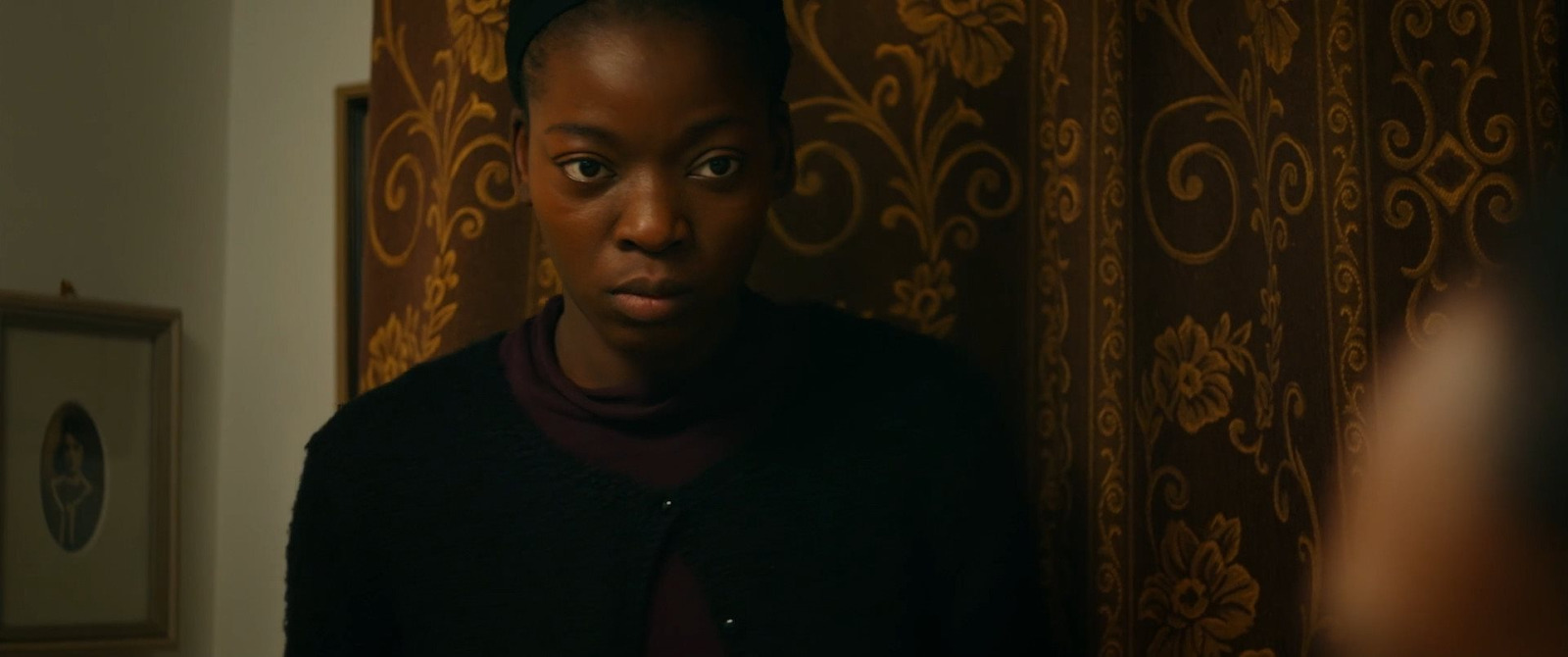
I imagine casting your lead actress must have been the greatest challenge in the pre-production process. How did you go about finding the right actress and how long did it take?
NR: I was with my producer at the SCAD Performing Arts Building and we saw M.K.’s headshot on the wall. M.K.’s facial features were so striking that we wanted to see her read for the role. Our dean, Andra Reeve-Rabb, helped us make the connection. She was essentially cast on the spot. M.K. spent a lot of time before shooting talking with African people in the street of Palermo about their stories. She was absolutely fantastic. The elderly man, Mimmo, is a famous Italian actor, Ugo Pagliai. We reached out to his agent to see if he would take the role. I used to see him acting in the Greek tragedies in Syracuse when I was a kid. It was such an honor working with him. Roberta Giarrusso is an incredible actress from Palermo, who has done a lot of TV in Italy. She was the perfect fit, able as no one else to bring the human side of Giovanna.
In terms of production, how do you think filming in Italy compares to filming in the United States? I always imagine that filming in Europe is much easier for the simple reason that American businesses and cities are so used to film crews invading their space.
NR: I think there are advantages and disadvantages of shooting in Europe. Unfortunately, because there aren’t as many film productions, the permitting process is less automated and split among several offices. In our case, the permitting process was long and very technical, especially because we needed to shut down an entire roadblock. However, the city of Palermo and the mayor were very collaborative and supportive. As you were saying, businesses are less used to having film crews in their space and they are usually very collaborative. In addition, everything is significantly more cost effective and we could stretch our Euro further. I also think it was key to have a mixed American and Italian crew. Many of my friends from high school who are currently studying in Italy were essential as producers and translators. The American crew functioned as a well-oiled machine on set, knowing safety protocols and best practices.
Can you talk about the creative team behind OUR SIDE? How many people did you fly out? How did you decide who the right people for this project were? Was it difficult to find people who were ready to jump on a plane and make a movie in a foreign country?
NR: In total we had 22 SCAD students fly to Palermo during the winter break. It was very important to find not only dedicated and talented people but also the nicest and most caring individuals since we would all be living together in two houses for three weeks. Everyone met and exceeded our expectations. I already had a close relationship with most of the students who came, through working with them on several other projects. They helped fill the missing spots by bringing their closest friends and collaborators. My producer and I met with every member of the crew individually to see if they would be a good match. In the end, I can truly say, we could have not had a better team.

Did you have any pre-existing movies that you used as cinematic influences? Watching the film myself, I kept thinking about the Dardenne brothers; especially in the way you moved the camera and framed faces.
NR: I took a lot of inspiration from Barry Jenkins. I was also very fortunate because M.K. had worked with Barry as a supporting character on his Amazon series, THE UNDERGROUND RAILROAD.
What I found quite refreshing about your film was the way that some of the exterior scenes felt almost guerilla in execution. What kind of camera did you shoot on? Did you settle for a smaller device so as not to attract too much attention?
NR: Although the exterior scenes look very guerilla, most of them were meticulously planned, especially whenever they involved traffic. For safety reasons, we had to shut down entire roadblocks, place fake signage and choreograph the background vehicles and pedestrians. We tried to be really careful in preserving the cinéma vérité style and make everything look fresh and spontaneous. We used an Alexa Mini with Cooke Panchros lenses. Kai Dickson, the cinematographer, and I chose the Alexa with Panchros because of the soft, vintage and film-esque feel they were able to give. One funny story from set: we dressed the exterior of an elementary school into our hospital exterior location. In the three hours we were filming, several bypassers came to us seeking treatment or medical assistance.
What would you say was the hardest part of production?
NR: The hardest part of production was the day we shot the traffic sequence. For the scene when Adillah remains stuck in a line of cars, we shut down four roadways and had 25 extras in moving vehicles all registered by license number with the local police. We planned out every move before we got to set, but it started raining and we had to reshoot several shots because of the weather mismatch. Our AD, Evelyn Stith was amazing at getting us back on track. Along the lines of moving vehicles, transportation for the crew was also difficult, since no one was licensed to drive in Italy. Everyday we had an amazing team of our Italian friends lined up willing to carpool.
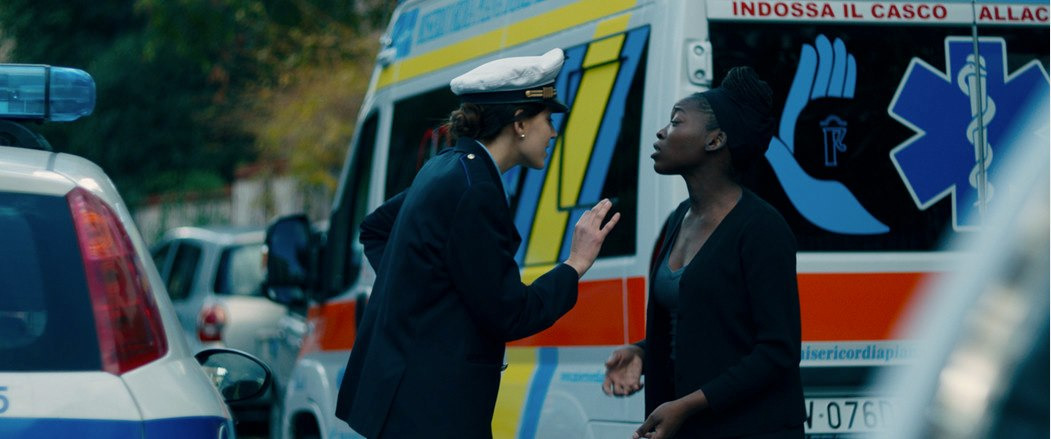
Is there anything you would do differently if you could do it all again? What kind of advice would you give to students who are on the path to making their own thesis film in Europe?
NR: We were really fortunate with OUR SIDE—the right crew, at the right moment, with the right story. Nothing is ever quite perfect, but I’m not sure I would change anything. I would rather learn from those imperfections to make my next film stronger. I would encourage other student filmmakers to find a story that they really care for and a team that feels the same way about it, whether that story is set in Europe, in Asia, or South America. Everything else will come from there. Organizational and technical difficulties can be solved when there is a shared passion. All of a sudden, everything becomes possible.
Obviously the film has a festival run coming up, and with Covid-19 raining on everyone’s parade, the future is pretty unpredictable, but do you have any plans for the future that you would like to share with us?
NR: Right now, the film festival run is very unpredictable, but we remain hopeful. The online format has been friendlier than we had expected, and we hope that more films and stories can reach an audience through this format.
I’ve just moved to Los Angeles with my partner and producer, Emily Dillard. Our end goal is to continue telling stories and making films that speak to our modern society. We have just completed a 3D pitch visualization for a TV series we’ve been developing.
Catch OUR SIDE on the festival circuit and keep your eyes peeled for more of Nico’s work in the future!


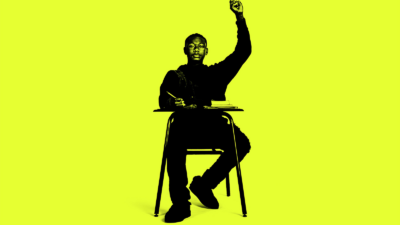
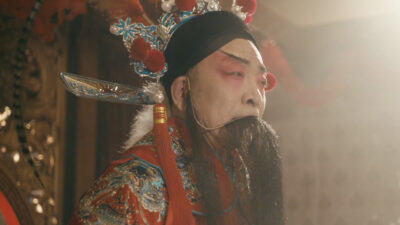
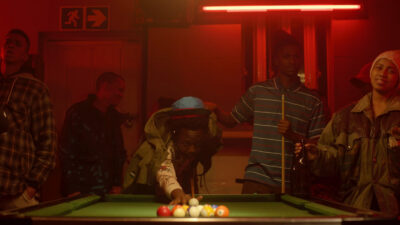
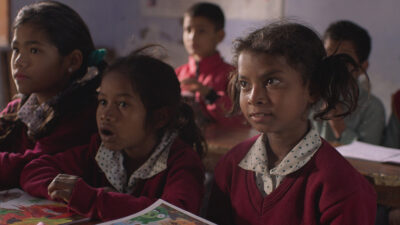
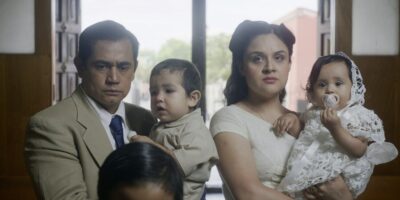
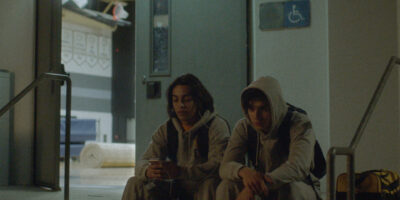

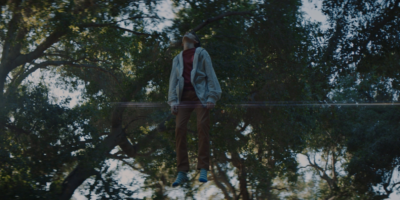
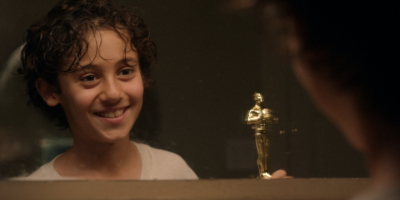
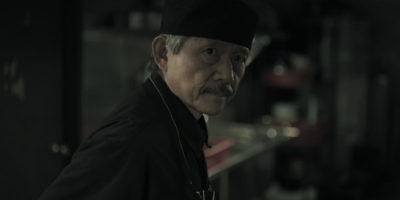
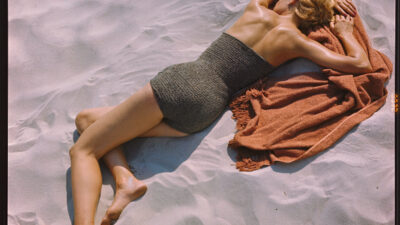
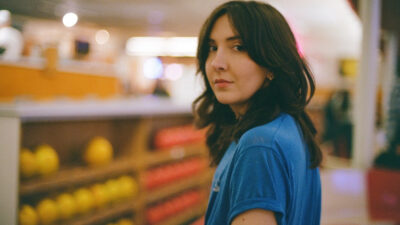


Comments